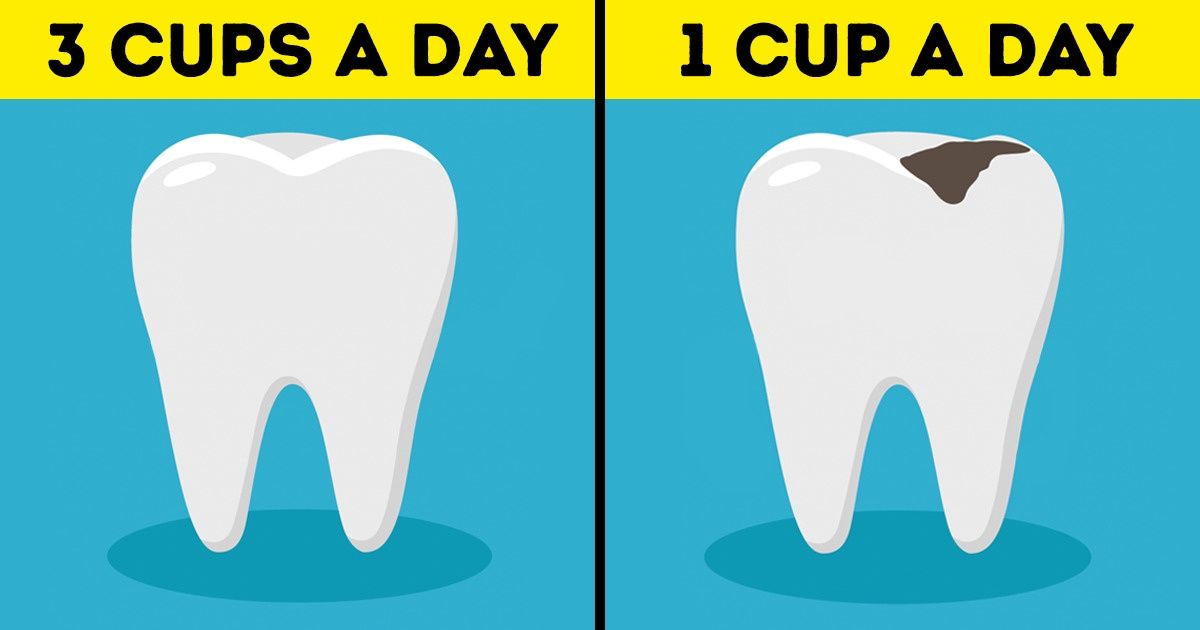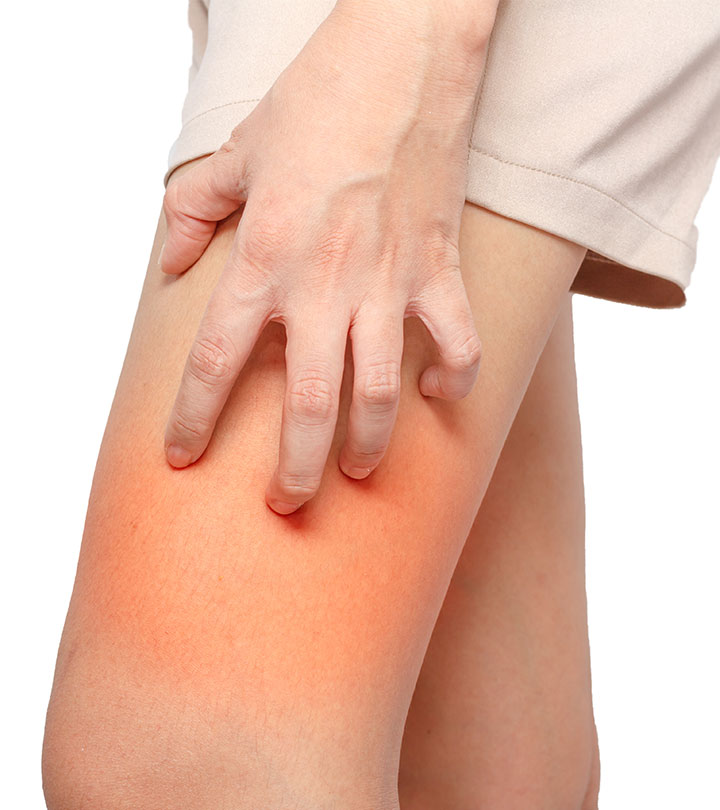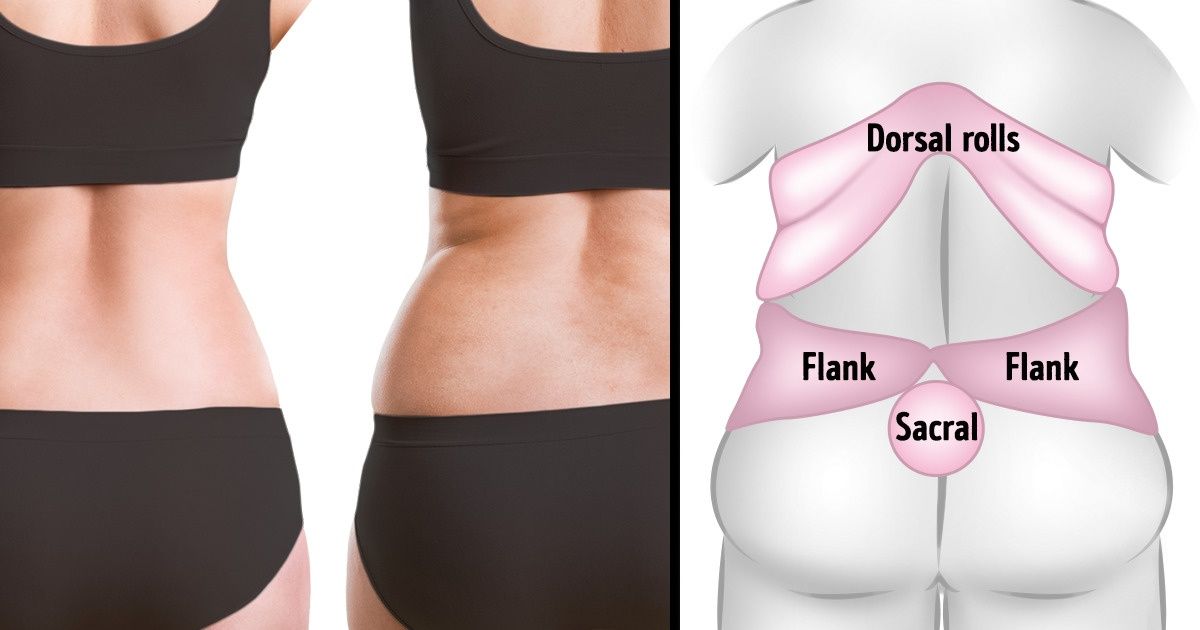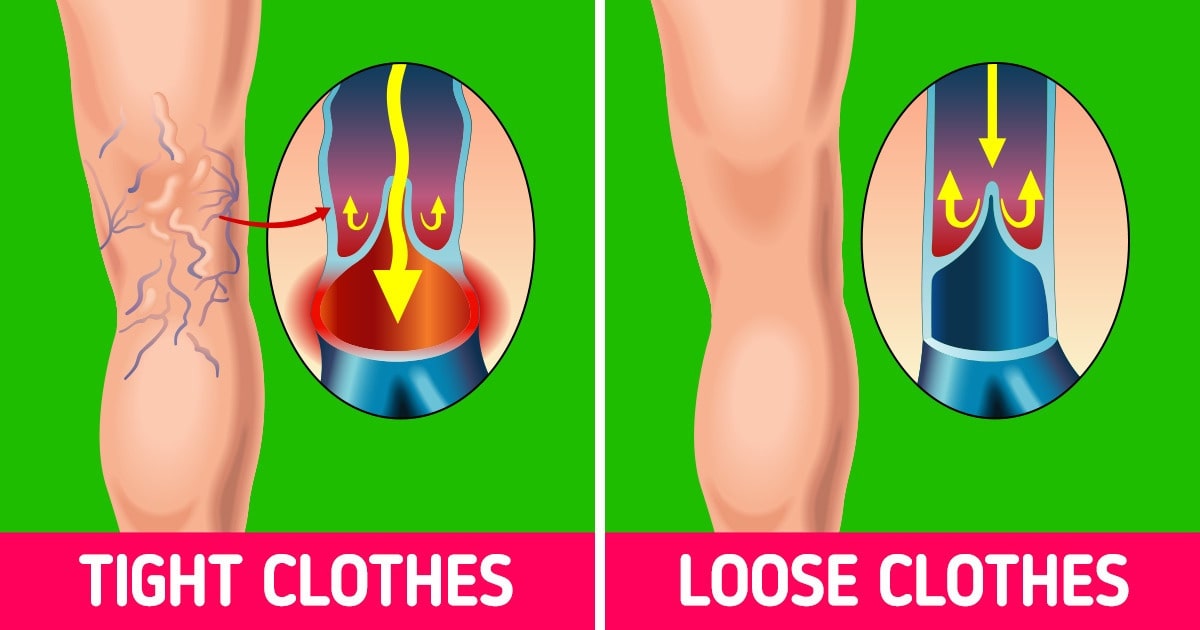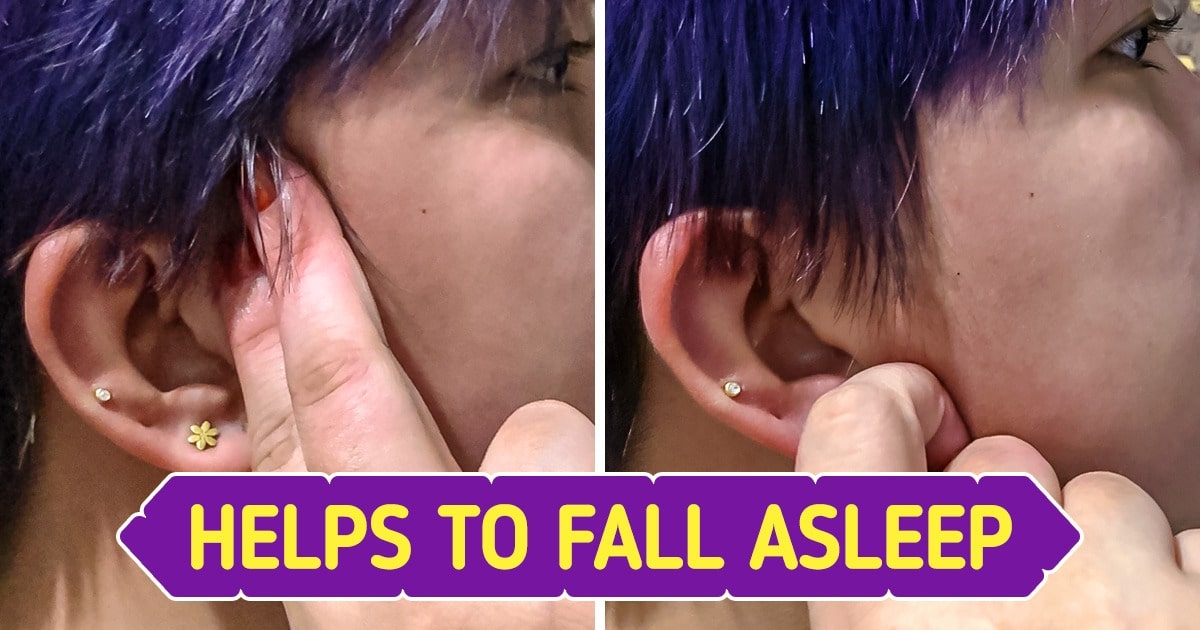Facial skin sagging is one of the most visible signs of aging, and while it’s a natural process, many factors can accelerate its onset. Recent scientific studies reveal that everyday habits—from constantly using your phone to dietary choices—play a significant role in premature skin sagging. In this comprehensive guide, we explore why facial skin starts to sag early and provide actionable solutions to help you maintain a youthful, firm complexion.
Whether you’re concerned about saggy cheeks or overall facial laxity, understanding the contributing factors and implementing effective strategies can make a world of difference. Let’s dive into the science behind early facial sagging and discover how to fight it.
The Reasons For Getting Saggy Cheeks
You Constantly Use Your Phone

In today’s digital age, most of us spend hours every day looking at our smartphones, tablets, and computers. This constant screen time isn’t just a concern for your eyes—it can also have a profound effect on your facial skin.
The Role of Blue Light and Facial Expressions
Blue Light Exposure:
Prolonged exposure to blue light emitted from screens can generate free radicals in the skin. These free radicals accelerate the breakdown of collagen and elastin, two proteins essential for maintaining firm, youthful skin.
Facial Muscle Strain:
Frequently looking down at your phone can lead to repetitive facial expressions, such as furrowing your brows or squinting, which over time contribute to the formation of fine lines and sagging skin. This phenomenon, often termed “tech neck” or “phone face,” results from constant muscle contraction that gradually deepens wrinkles.
Tips to Minimize Phone-Related Skin Damage
Screen Time Management:
Reduce your daily screen time and take regular breaks using the 20-20-20 rule (every 20 minutes, look at something 20 feet away for at least 20 seconds).
Blue Light Filters:
Use blue light filters on your devices to reduce the exposure of harmful wavelengths that can damage your skin.
Posture Awareness:
Adjust your posture by holding your phone at eye level to reduce strain on your neck and facial muscles.
For more on protecting your skin from blue light, visit Healthline’s guide on blue light and skin aging.
You’ve Stopped Consuming Fatty Foods Completely

In the pursuit of a leaner physique, many people opt to eliminate all fats from their diet. However, not all fats are harmful. In fact, healthy fats play a crucial role in maintaining skin elasticity and overall health.
The Consequences of Cutting Out Healthy Fats
Loss of Essential Fatty Acids:
Omega-3 and omega-6 fatty acids are vital for producing the lipids that form the skin’s natural barrier. Without these essential nutrients, your skin can become dry, less elastic, and more prone to sagging.
Impact on Collagen Production:
Healthy fats are instrumental in collagen synthesis. Collagen is the protein that gives skin its firmness and resilience. A diet completely devoid of healthy fats can compromise collagen production, leading to premature aging and sagging skin.
Incorporating Healthy Fats into Your Diet
Sources of Healthy Fats:
Include foods like avocados, nuts, seeds, olive oil, and fatty fish in your diet. These foods are rich in omega-3 fatty acids and can help maintain the skin’s moisture and elasticity.
Moderation and Balance:
Rather than eliminating fats entirely, focus on balanced nutrition that emphasizes quality over quantity. Moderation is key to supporting both weight management and skin health.
For more nutritional guidance on incorporating healthy fats, check out Harvard Health Publishing’s nutrition articles.
You Eat Too Many Sweets: Sugar’s Role in Collagen Breakdown and Skin Aging
A diet high in sugar is one of the most common culprits behind premature skin aging. Consuming too many sweets can lead to a process called glycation, which negatively impacts collagen and elastin in your skin.
How Excess Sugar Accelerates Skin Sagging
Glycation Process:
When you consume high amounts of sugar, excess glucose attaches to proteins, forming advanced glycation end products (AGEs). These AGEs disrupt collagen and elastin fibers, making your skin less firm and more prone to sagging.
Inflammatory Response:
High sugar intake can lead to chronic inflammation, further accelerating the aging process. Inflammation not only affects skin texture but also contributes to the breakdown of vital structural proteins.
Hormonal Imbalances:
Elevated sugar levels can disrupt insulin and other hormone levels, indirectly impacting skin health by impairing the body’s natural repair mechanisms.
Strategies for Reducing Sugar Intake
Opt for Natural Sweeteners:
Replace refined sugars with natural alternatives like stevia, monk fruit, or small amounts of honey. These options can help satisfy your sweet tooth without triggering glycation.
Read Labels:
Be vigilant about hidden sugars in processed foods, beverages, and even sauces. Reducing overall sugar consumption is key to protecting your skin’s collagen.
Balanced Diet:
Incorporate a diet rich in whole foods, lean proteins, and vegetables to support healthy skin and reduce inflammation.
For additional tips on reducing sugar intake, see American Heart Association’s guidelines.
You Like To Sunbathe And Spend A Lot Of Time In The Sun

Sunlight is a natural source of vitamin D and has many benefits, but excessive sun exposure can be detrimental to your skin, leading to early sagging and other signs of aging.
The Impact of UV Rays on Skin Health
Collagen Degradation:
Ultraviolet (UV) rays from the sun can break down collagen and elastin fibers in the skin, which are essential for maintaining firmness. This degradation accelerates the appearance of wrinkles and sagging.
Photoaging:
Prolonged sun exposure results in photoaging, characterized by skin that appears leathery, with deep lines and a loss of elasticity. The damaging effects of UV light contribute significantly to premature skin sagging.
Increased Risk of Skin Cancer:
Beyond cosmetic concerns, excessive sun exposure increases the risk of skin cancer. Protecting your skin is not just about maintaining a youthful appearance—it’s also about safeguarding your overall health.
Sun Protection Strategies
Use Sunscreen Daily:
Apply a broad-spectrum sunscreen with an SPF of 30 or higher, even on cloudy days, to protect your skin from harmful UV rays.
Wear Protective Clothing:
When outdoors, wear hats, sunglasses, and clothing that covers your skin to minimize direct exposure.
Limit Peak Sun Hours:
Avoid sun exposure during peak hours (typically 10 AM to 4 PM) to reduce the risk of photoaging and skin damage.
For more on protecting your skin from UV damage, visit American Academy of Dermatology.
You Lost Weight Drastically: The Effects of Rapid Weight Loss on Facial Skin

While losing weight is often a health goal, rapid or drastic weight loss can have unintended consequences on your skin, particularly your face. When you lose weight quickly, your skin may not have enough time to adjust, leading to sagging and a loss of elasticity.
How Rapid Weight Loss Contributes to Saggy Skin
Loss of Subcutaneous Fat:
Subcutaneous fat provides structure and support to your skin. When you lose weight rapidly, this fat layer diminishes, causing the skin to sag and appear loose.
Reduced Collagen Production:
Rapid weight loss can negatively impact collagen production. Without adequate collagen, your skin loses its firmness and is more susceptible to sagging.
Nutritional Deficiencies:
Extreme diets often lead to nutritional deficiencies that can further impair skin health. Vitamins and minerals essential for collagen synthesis and skin repair may be lacking, exacerbating the problem.
Preventing Saggy Skin During Weight Loss
Aim for Gradual Weight Loss:
Aiming for a steady, gradual weight loss of 1-2 pounds per week gives your skin time to adapt and retain its elasticity.
Maintain a Nutrient-Rich Diet:
Focus on a balanced diet rich in vitamins, minerals, and healthy fats to support collagen production and overall skin health.
Hydrate Adequately:
Staying well-hydrated is crucial for maintaining skin elasticity. Drinking plenty of water throughout the day can help your skin adapt during weight loss.
For more advice on healthy weight loss, explore Harvard Health’s weight management tips.
How Can We Fight Saggy Cheeks? (Cosmetics, Contouring, a Correct Diet, Lymphatic Drainage Massage)
Fighting saggy cheeks and maintaining a youthful appearance involves a combination of cosmetic treatments, lifestyle changes, and professional techniques. Here, we outline several approaches that can help combat early facial sagging.
Cosmetic Solutions and Non-Invasive Treatments
Topical Treatments:
Look for creams and serums containing retinoids, peptides, and antioxidants. These ingredients help boost collagen production and improve skin elasticity over time.
Cosmetic Procedures:
Options such as dermal fillers and Botox can help tighten sagging skin by stimulating collagen production and filling in wrinkles. These procedures are popular for providing quick, noticeable results without surgery.
Contouring Makeup:
Makeup techniques, such as facial contouring, can create the illusion of firmer, more sculpted features. High-quality contouring products can enhance your natural bone structure and reduce the appearance of saggy cheeks.
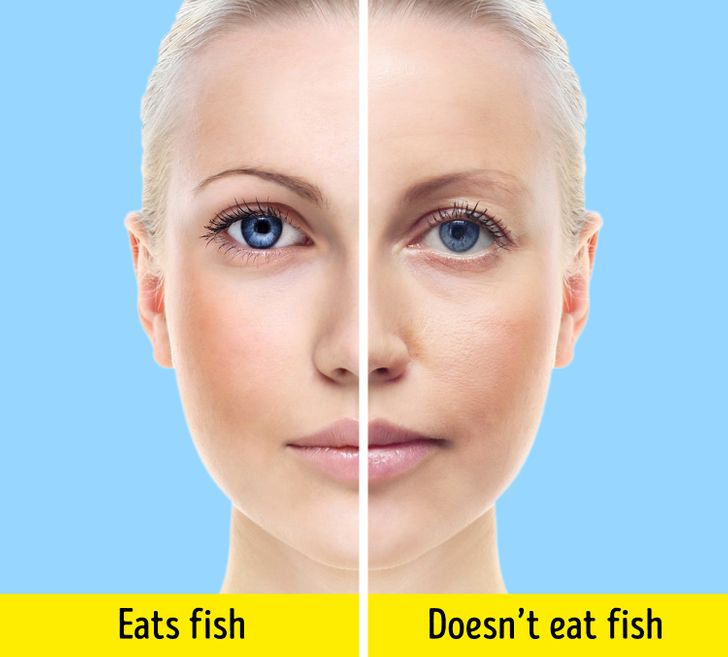
Lifestyle and Dietary Adjustments
A Balanced Diet:
Ensure your diet is rich in proteins, healthy fats, and vitamins such as vitamin C and E, which are vital for collagen synthesis and skin repair.
Hydration:
Adequate water intake is essential for maintaining skin elasticity. Hydrated skin is less prone to sagging and wrinkles.
Regular Exercise:
Physical activity improves blood circulation and supports overall skin health. Exercises that target facial muscles can also help maintain a firm, toned appearance.
Professional Techniques: Lymphatic Drainage Massage
Lymphatic Drainage Massage:
This gentle massage technique helps stimulate the lymphatic system, reducing fluid retention and puffiness in the face. Regular sessions can promote clearer, more youthful skin and may help counteract sagging by improving circulation.
Facial Yoga:
Incorporate facial yoga exercises to strengthen and tone the muscles around your cheeks. These exercises can help lift saggy skin naturally over time.
For more detailed insights on anti-aging cosmetic treatments and skincare routines, visit WebMD’s anti-aging guide.
Integrating Effective Strategies for a Youthful Complexion
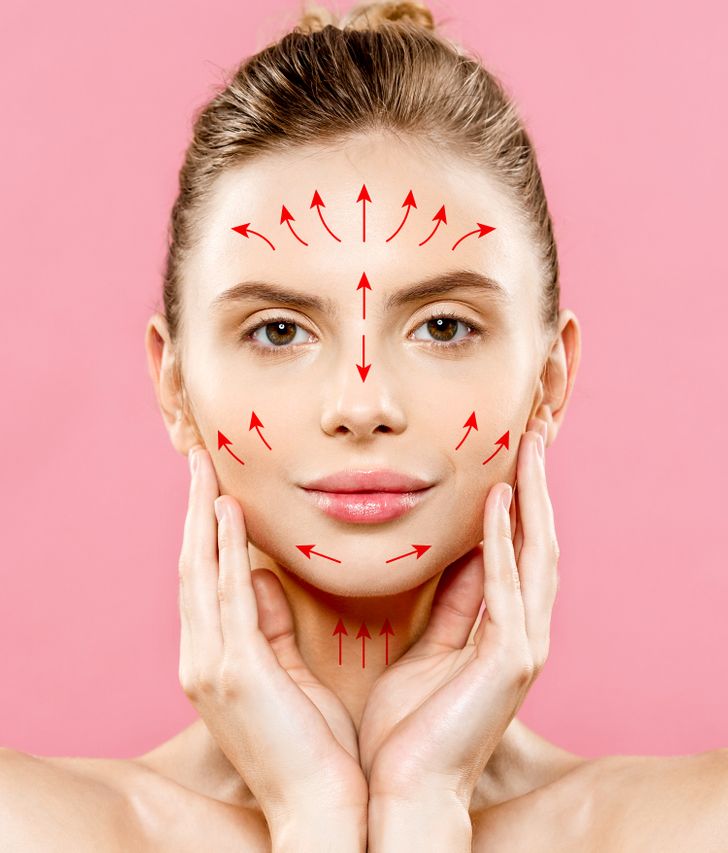
Achieving and maintaining a youthful appearance requires a multifaceted approach that combines healthy habits, dietary choices, and targeted treatments. Here are some practical strategies to help you fight early skin sagging and keep your face looking firm and vibrant.
Daily Skincare Routine
Cleanse and Moisturize:
Use a gentle cleanser and a moisturizer rich in antioxidants and peptides to keep your skin hydrated and resilient.
Sun Protection:
Apply a broad-spectrum sunscreen daily to protect your skin from UV damage, one of the primary causes of premature aging.
Nighttime Treatments:
Incorporate retinol or other collagen-boosting products into your nighttime routine to enhance skin repair and regeneration.
Healthy Lifestyle Habits
Regular Exercise:
Exercise not only improves circulation but also reduces stress, which is a major contributor to premature aging. Activities like yoga, cardio, and strength training can all benefit your skin.
Balanced Nutrition:
Eat a diet rich in fruits, vegetables, lean proteins, and healthy fats. Foods high in antioxidants and omega-3 fatty acids are particularly beneficial for skin health.
Adequate Sleep:
Prioritize sleep to allow your body and skin to repair and rejuvenate overnight. Aim for 7-9 hours of quality sleep each night.
Mindful Beauty Practices
Facial Massage:
Incorporate regular facial massages or lymphatic drainage massage techniques into your routine to improve circulation and reduce puffiness.
Stress Management:
Practice stress-relief techniques such as meditation, deep breathing, or mindfulness to maintain a calm and balanced state of mind, which directly impacts skin health.
For additional expert advice on maintaining a youthful complexion, check out reputable sources such as Harvard Health Publishing and Mayo Clinic.
Conclusion: Embrace a Holistic Approach to Preventing Early Facial Skin Sagging
Early facial skin sagging is influenced by a variety of lifestyle factors, from excessive screen time and dietary habits to sun exposure and rapid weight loss. Understanding these factors allows you to take proactive measures to combat sagging and maintain a youthful appearance. Whether it’s through moderating your phone use, reintroducing healthy fats into your diet, reducing sugar intake, practicing sun protection, or adopting targeted cosmetic and professional treatments, every step counts.
By integrating these expert strategies—ranging from cosmetic procedures and makeup contouring to dietary adjustments and lymphatic drainage massage—you can create a comprehensive anti-aging regimen that supports collagen production and enhances skin elasticity.
Remember, achieving lasting skin health requires a balanced, holistic approach. Combine a robust skincare routine with a healthy lifestyle, mindful beauty practices, and professional guidance when necessary. With consistency and dedication, you can fight early facial sagging and enjoy a more youthful, vibrant appearance for years to come.
For further reading on anti-aging and skin health, explore trusted resources like WebMD and Harvard Health Publishing. Embrace the journey to better skin health, and let every step you take be a testament to your commitment to aging gracefully and naturally.
Preview photo credit depositphotos.com
